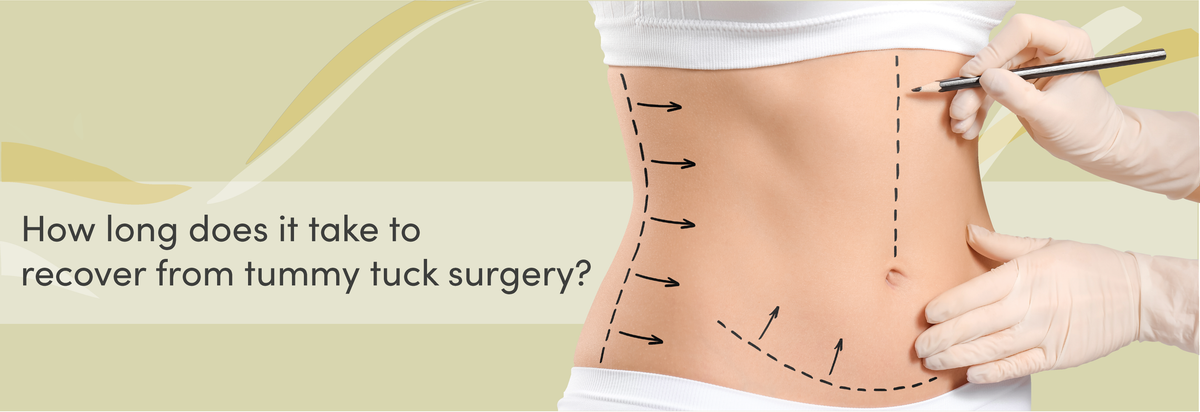La verità dietro i miti del lifting
Negli ultimi anni il numero di interventi di chirurgia estetica volti a trattare i segni dell'invecchiamento è aumentato in modo esponenziale, così come i miti che circondano la chirurgia del lifting.
Se stai pensando a un lifting, questo articolo fa luce su alcuni dei luoghi comuni più comuni che circolano su questa procedura.
Mito n. 1: i metodi non chirurgici possono ottenere gli stessi risultati di una procedura chirurgica
Le opzioni non chirurgiche per trattare l'invecchiamento del viso hanno rivoluzionato l'industria cosmetica. Tuttavia, mentre i filler iniettabili e i prodotti all'acido ialuronico possono ripristinare il volume perso in aree specifiche come labbra e guance, non possono sostituire le procedure chirurgiche. Inoltre, i risultati dei metodi non invasivi sono solo temporanei e potrebbero non fornire una correzione sufficiente per molti pazienti.

Mito n. 2: il lifting è riservato solo alle donne
Anche gli uomini sperimentano segni di invecchiamento, come pelle cadente, rughe e doppio mento. Sebbene sia impossibile tornare indietro nel tempo, la chirurgia del lifting può colpire il viso invecchiato, ripristinando il volume perso e ottenendo una mascella più maschile.
La domanda di lifting maschile è aumentata del 19% dal 2000, segnalando un cambiamento rispetto all'idea sbagliata che i lifting siano solo per le donne. Gli interventi di chirurgia estetica restaurativa come il lifting possono migliorare la sicurezza e il benessere sociale degli uomini, affrontando la loro area di interesse.

Mito n. 3: la ripresa è lunga e dolorosa
Forse ti sorprenderà sapere che, con le giuste cure successive, la maggior parte dei pazienti torna alla normalità dopo appena due settimane.
I lifting del viso vengono solitamente eseguiti in anestesia generale e la maggior parte dei pazienti può tornare a casa lo stesso giorno, a meno che il chirurgo non dia indicazioni diverse. Sebbene siano previsti lividi, gonfiore e dolore dopo l'intervento di lifting del viso, gli effetti collaterali solitamente scompaiono dopo 10-14 giorni.
Gli indumenti compressivi possono accelerare il tuo percorso di guarigione riducendo al minimo i lividi e il gonfiore. Per la chirurgia del lifting, il bendaggio per lifting con impacchi freddi è ideale per fornire supporto e favorire la guarigione. Il tuo chirurgo plastico ti darà istruzioni sul tipo di indumento più adatto alla tua specifica procedura.
Leggi qui perché la compressione è importante durante il recupero.
Mito n. 4: Bisogna essere più grandi per sottoporsi a un lifting
La genetica, le abitudini di cura della pelle, i fattori dello stile di vita e l'esposizione al sole sono tutti fattori che influenzano il normale processo di invecchiamento. Ciò significa che invecchiamo tutti a un ritmo diverso; pertanto, l'età ideale per la chirurgia del lifting è diversa per tutti.
Secondo l'ASPS, l'età media del paziente sottoposto a lifting è compresa tra i 40 e i 54 anni. Tuttavia, la chirurgia del lifting sta diventando sempre più popolare tra i pazienti più giovani che cercano opzioni di trattamento mirate per ringiovanire aree specifiche del viso. Se stai pensando a un lifting, è essenziale porre prima a te stesso e al tuo medico alcune domande importanti.

Mito n. 5: il lifting non lascia cicatrici
La verità è che tutte le procedure chirurgiche comportano incisioni per separare la pelle dai muscoli facciali profondi e dal grasso. Nella maggior parte dei pazienti, la cicatrice inizia dalla basetta e segue il contorno dell'orecchio, estendendosi lungo la parte anteriore dell'orecchio e continuando sotto il lobo dell'orecchio e dietro l'orecchio fino all'attaccatura dei capelli.
Man mano che le cicatrici guariscono nel tempo, diventano sempre meno evidenti. Il chirurgo potrebbe anche consigliare di massaggiare delicatamente tutte le incisioni chirurgiche nel periodo post-operatorio precoce per accelerare il processo di guarigione. Allo stesso tempo, i prodotti per la cura della pelle possono anche aiutare la pelle a guarire più velocemente, rendendo le incisioni poco evidenti.

Mito n. 6: i lifting hanno un aspetto innaturale
La percezione errata che un lifting sembri innaturale o finto spesso scoraggia molte persone dal considerare un intervento di lifting. Tuttavia, con i progressi nelle tecniche di chirurgia plastica, un lifting oggigiorno è difficilmente visibile. Infatti, c'è un'alta probabilità che le persone che incontri e socializzi ogni giorno abbiano subito un intervento di lifting per risolvere il rilassamento cutaneo, le rughe o altri problemi legati all'invecchiamento.
Utilizzando tecniche minimamente invasive e nascondendo le incisioni nell'attaccatura dei capelli o nelle creste, i chirurghi ottengono un aspetto ringiovanito e più giovane che appare comunque naturale. Per ottenere i migliori risultati, assicurati di discutere le tue aree di interesse e il risultato ideale con il tuo chirurgo plastico.
Mito n. 7: tutti i lifting sono uguali
Ogni persona ha caratteristiche, anatomia facciale e modelli di invecchiamento diversi. Per soddisfare le tue esigenze e aspettative, il tuo chirurgo creerà un piano personalizzato che si concentra sulle tue specifiche aree di interesse.
A seconda della tua età e della tua salute, tu e il tuo chirurgo deciderete il tipo di intervento di lifting più adatto alle tue aspettative. Ecco i tipi più comuni di intervento di lifting:
Mini lifting: il mini lifting è una procedura meno invasiva per le persone con un leggero rilassamento cutaneo del viso e del collo.
Lifting medio-facciale: il lifting medio-facciale interessa la parte centrale del viso, dalla parte superiore della bocca alla zona degli occhi.
Lifting completo del viso: un lifting completo del viso, spesso definito lifting tradizionale, affronta i problemi legati all'invecchiamento per rinnovare l'aspetto dei pazienti in modo olistico.
Per saperne di più sui diversi tipi di intervento di lifting del viso, clicca qui.

Mito n. 8: i risultati sono permanenti
Sebbene i lifting possano ringiovanire il viso, non possono fermare completamente il processo di invecchiamento. I risultati di un lifting durano in genere circa 10 anni, ma la longevità dei risultati dipende da una serie di fattori, come la cura post-operatoria, le scelte di stile di vita, l'alimentazione, l'esposizione al sole e i cambiamenti di peso.Porta via
I lifting stanno diventando sempre più popolari sia tra gli uomini che tra le donne, con alti tassi di successo. Se stai pensando a un lifting o hai domande sul miglior trattamento per rinnovare il tuo aspetto, assicurati di consultare un chirurgo plastico certificato.
Elenco dei riferimenti
Chirurgia plastica.org. 2022.
Società americana di chirurghi plastici. 2022
Chirurgia plastica.org.2022
Lascia un commento
I commenti saranno approvati prima di essere condivisi.
Anche in Blog

Come mantenere i risultati dopo un'addominoplastica
Molti di noi sognano una vita più piatta, soprattutto dopo una gravidanza, una rapida perdita di peso o fluttuazioni di peso costanti. Tuttavia, per molte persone, è quasi impossibile ottenerla solo con esercizio fisico e dieta.
Un'addominoplastica fornisce un modo sicuro ed efficiente per affrontare questi problemi e ripristinare l'aspetto piatto e sodo della tua sezione centrale. Prendersi cura del proprio corpo e mantenere una dieta sana e un regime di esercizi assicura che i risultati dell'addominoplastica durino per tutta la vita.
Se stai pensando di sottoporti a un intervento di addominoplastica, continua a leggere per scoprire i nostri consigli su come mantenere risultati duraturi dopo l'intervento.





